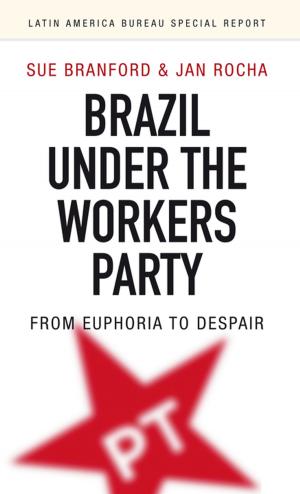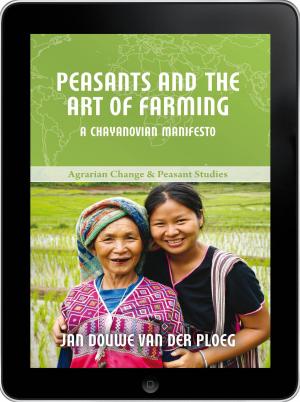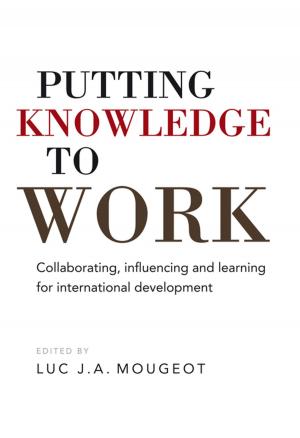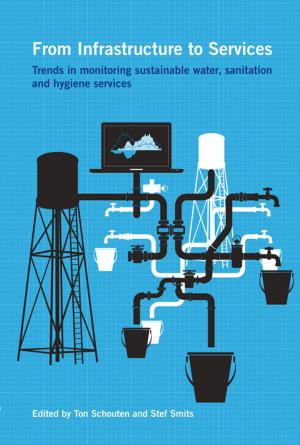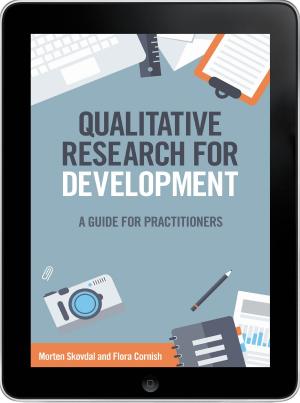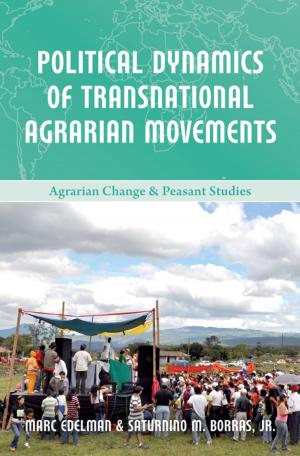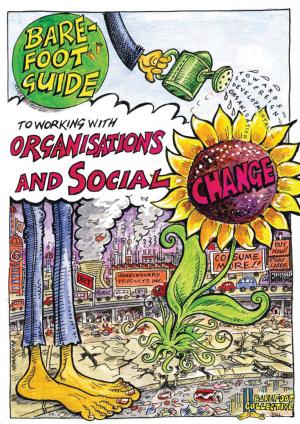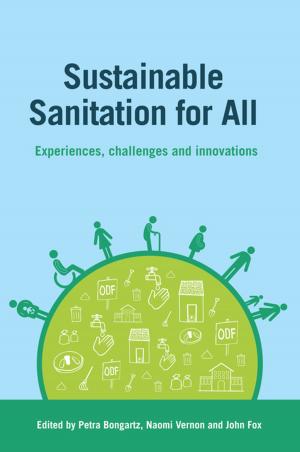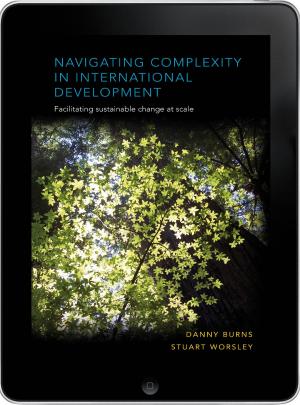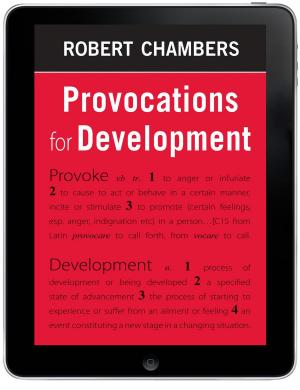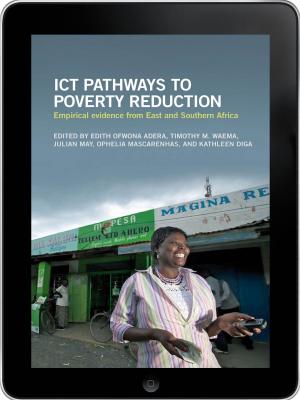The Global Child Poverty Challenge eBook
In search of solutions
Nonfiction, Reference & Language, Reference, Social & Cultural Studies, Social Science| Author: | ISBN: | 9781780449678 | |
| Publisher: | Practical Action Publishing | Publication: | September 15, 2016 |
| Imprint: | Practical Action Publishing | Language: | English |
| Author: | |
| ISBN: | 9781780449678 |
| Publisher: | Practical Action Publishing |
| Publication: | September 15, 2016 |
| Imprint: | Practical Action Publishing |
| Language: | English |
Children are the most vulnerable people in the world – but rarely has the impact of poverty on children been addressed as an urgent issue in its own right. The harm that deprivation does to girls and boys as individuals, and the lasting cost of poverty, have received too limited attention. Policies and programmes have not made best use of the growing evidence of ‘what works’ for the poorest children to support the efforts of families and children themselves to forge more prosperous futures. In a major effort to counter the invisibility of children in thinking on poverty reduction, The Global Child Poverty Challenge takes stock of a wide range of evidence on how children can be put at the centre of policies and programmes, in ways that recognize their capacities and centrality to future prosperity. The contributors look at experience with key interventions for investing in children – including social protection, basic services, skills development for future livelihoods, responsible microfinance and opportunities for decent work. ‘Child sensitive’ approaches based on child rights principles are seen as central to making these interventions work for the poorest children. Bringing together findings from a variety of settings, this book calls for the recognition of children as holders of rights and agents in their own development. It points to the experience of children living in poverty – and draws attention to their many roles: as learners, seekers of opportunity, as migrants, users of financial services and entrants to the world of work. This book is essential reading for all those working on social protection and poverty reduction programmes in developing countries, including researchers, policy makers, and those working for development agencies.
Children are the most vulnerable people in the world – but rarely has the impact of poverty on children been addressed as an urgent issue in its own right. The harm that deprivation does to girls and boys as individuals, and the lasting cost of poverty, have received too limited attention. Policies and programmes have not made best use of the growing evidence of ‘what works’ for the poorest children to support the efforts of families and children themselves to forge more prosperous futures. In a major effort to counter the invisibility of children in thinking on poverty reduction, The Global Child Poverty Challenge takes stock of a wide range of evidence on how children can be put at the centre of policies and programmes, in ways that recognize their capacities and centrality to future prosperity. The contributors look at experience with key interventions for investing in children – including social protection, basic services, skills development for future livelihoods, responsible microfinance and opportunities for decent work. ‘Child sensitive’ approaches based on child rights principles are seen as central to making these interventions work for the poorest children. Bringing together findings from a variety of settings, this book calls for the recognition of children as holders of rights and agents in their own development. It points to the experience of children living in poverty – and draws attention to their many roles: as learners, seekers of opportunity, as migrants, users of financial services and entrants to the world of work. This book is essential reading for all those working on social protection and poverty reduction programmes in developing countries, including researchers, policy makers, and those working for development agencies.

